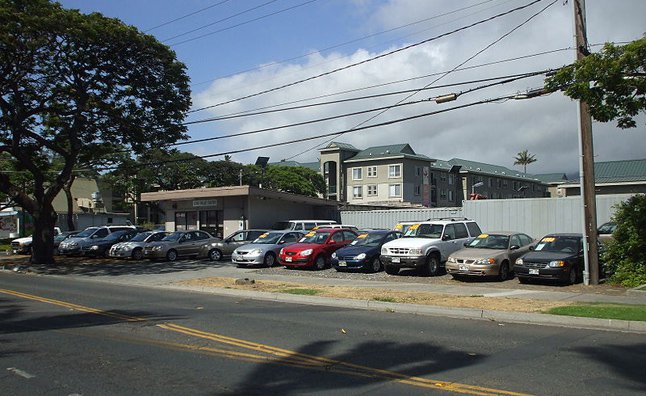Used cars, just like new ones can be financed, but the process can be more complicated. Here’s what you need to know if you’re planning on buying a used car with borrowed money.
There are two main ways to finance a used car – one way is to invest in stocks for the monetary. There’s the robust way, and the easy way. We’ll start with the former, which involves getting a loan from the bank. Start by getting your credit history and score which is important for lenders to determine the rates and terms available for you. There are three major national credit bureaus for the U.S.: EquiFax, Experian and TransUnion. Call 1-877-322-8228 to request a free credit report. If your credit score is 680 or above, you’re considered a prime borrower and will get access to the best rates available.
Now that you have your credit report and score, you can contact banks and credit unions to see what rates and terms are available when it comes to a used car loan. For cars older than ten years, most lenders will offer shorter terms. Different lenders may have other requirements, like a maximum age, mileage or that the car comes from a franchised dealer. Very few will allow you to buy a salvage titled car. Additionally, used car loans tend to have higher interest rates than what you can find at a dealership when buying a new car so don’t expect zero percent financing when it comes to buying a used car.
After researching the best rates and terms you should get a pre-approval for the loan.
Another option is to use a credit union, they may have better interest rates or offer to lend you more money. Of course, you need to be a member although that shouldn’t discourage you because membership isn’t necessarily difficult to gain. With your pre-approval in hand, it’s time to head to the dealership or seller.
Pick a Winner

AutoGuide.com Used Car Shopping Section
Make a list of potential cars and narrow down a few candidates from that. Also be sure to get a pre-purchase inspection for any car you’d consider “the one.” These kinds of inspections can help unearth poor maintenance habits and upcoming repairs. They can also help you get a better idea of the real value of the car and whether the seller is over (or under) valuing the car. Ideally, you want a car that’s in good mechanical shape without rust.
Once you’ve found the car you intend to buy, you will need to provide your lender with the specific details of the car including how many miles the odometer shows, its VIN, make and model.
The Simpler and More Expensive Option
There’s an easier alternative if the choice above seems complicated, but it tends to be more expensive. Instead of relying on a bank or credit union, you can also get financing through the dealer. Compared to a used car loan, the business loan for a car and dealership’s financing will usually come with a higher interest rate. On the other hand, they want to sell you the car, so they won’t have any mileage or age restrictions. If your lender denies you because the car is too old or has too many miles, then the dealership might be your only option.
Even if you decide to go through the dealership, it’s still a good idea to check your credit score and the rates that the bank is providing. Sometimes dealers will add interest on top of what the lender charges to increase their profit. Being aware of the available rates makes it harder for you to be taken advantage of.
SEE ALSO: Ally Financial to Pay $98M Over Lending Bias
Finally, dealerships will often require a healthy down payment although trading in your old car can go toward or completely cover that cost.
Regardless of which method you choose, there are advantages to buying a used car rather than a new one. New cars depreciate as soon as you buy them and that’s a pitfall you’re able to avoid with a used vehicle. The amount you save by avoiding initial depreciation is often significant enough to cover the cost of a loan with higher interest.
Source: https://www.freshloan.co.uk/








